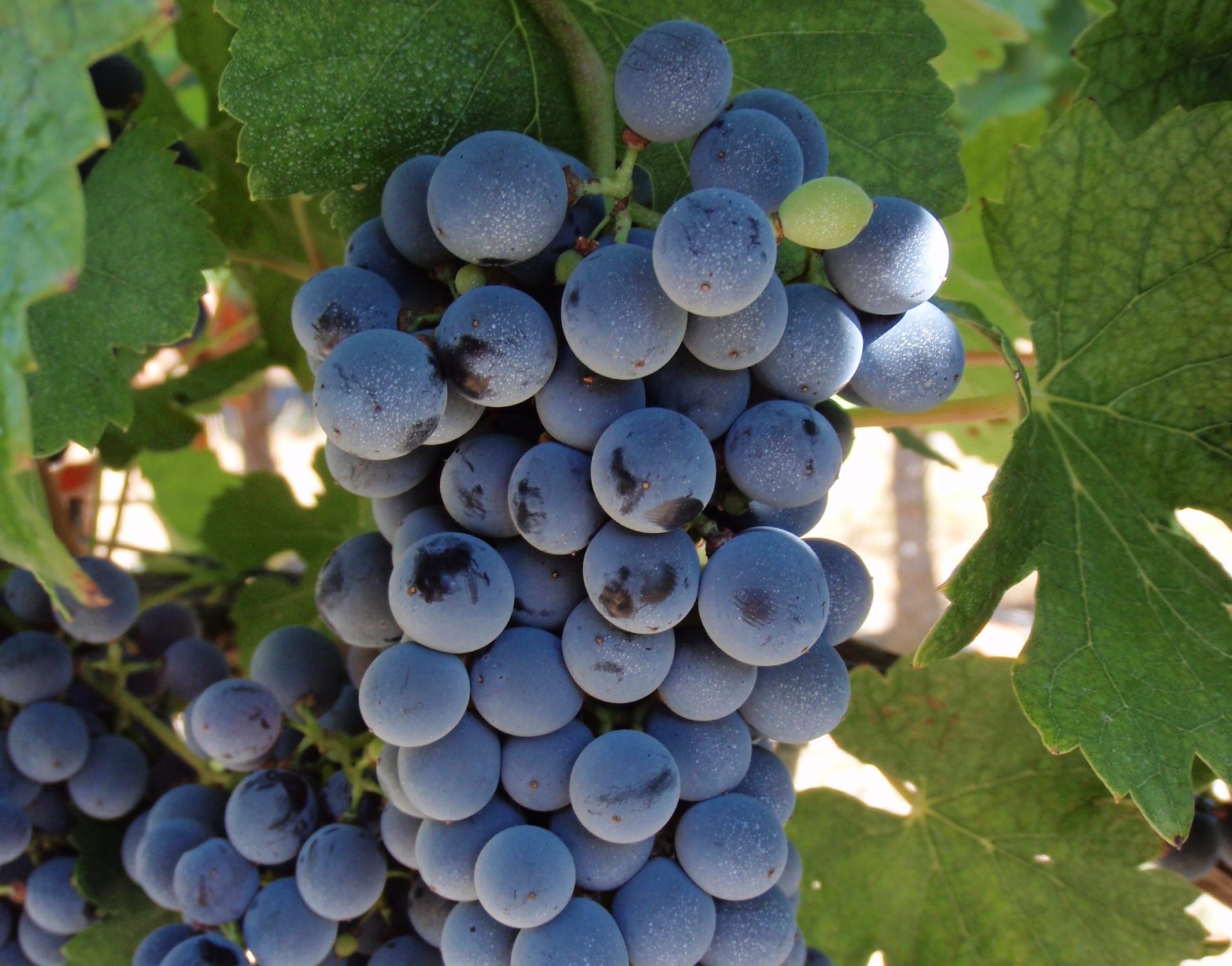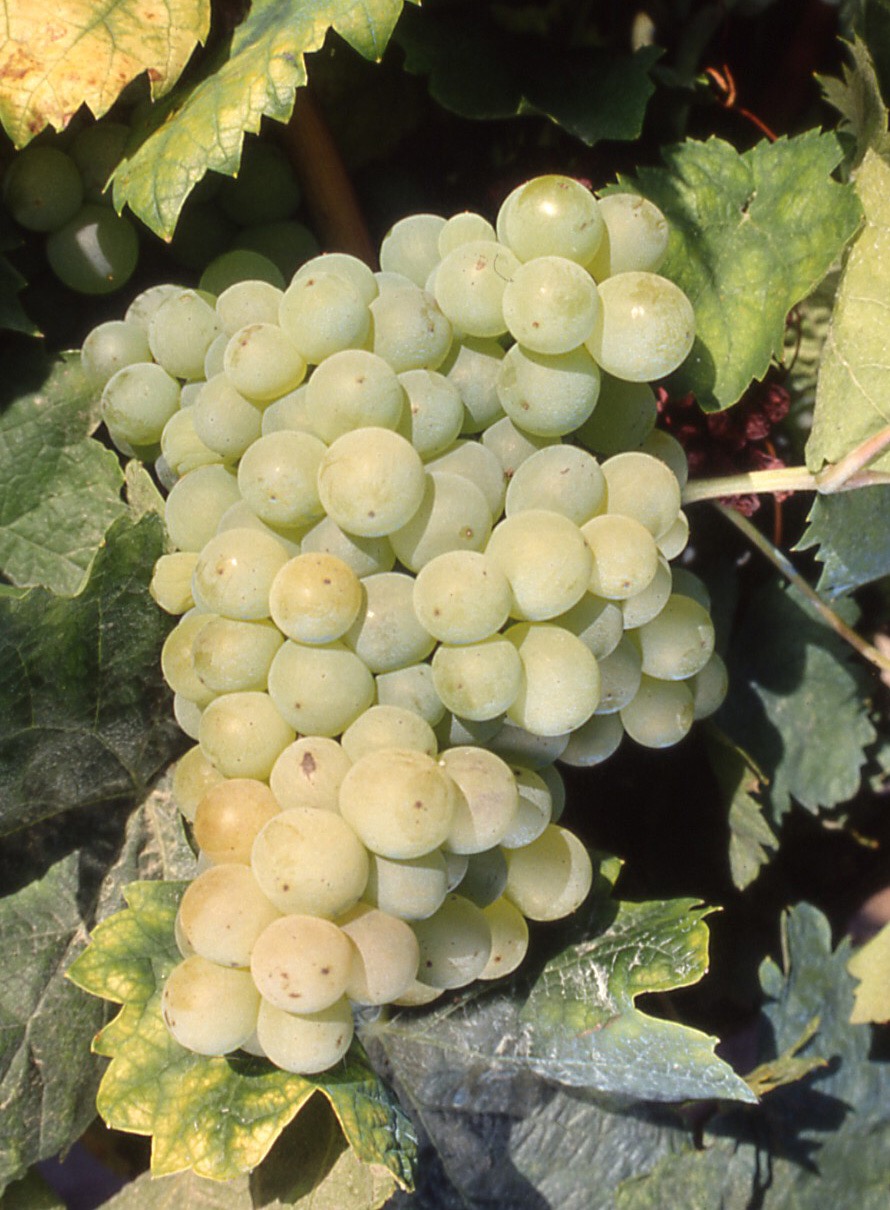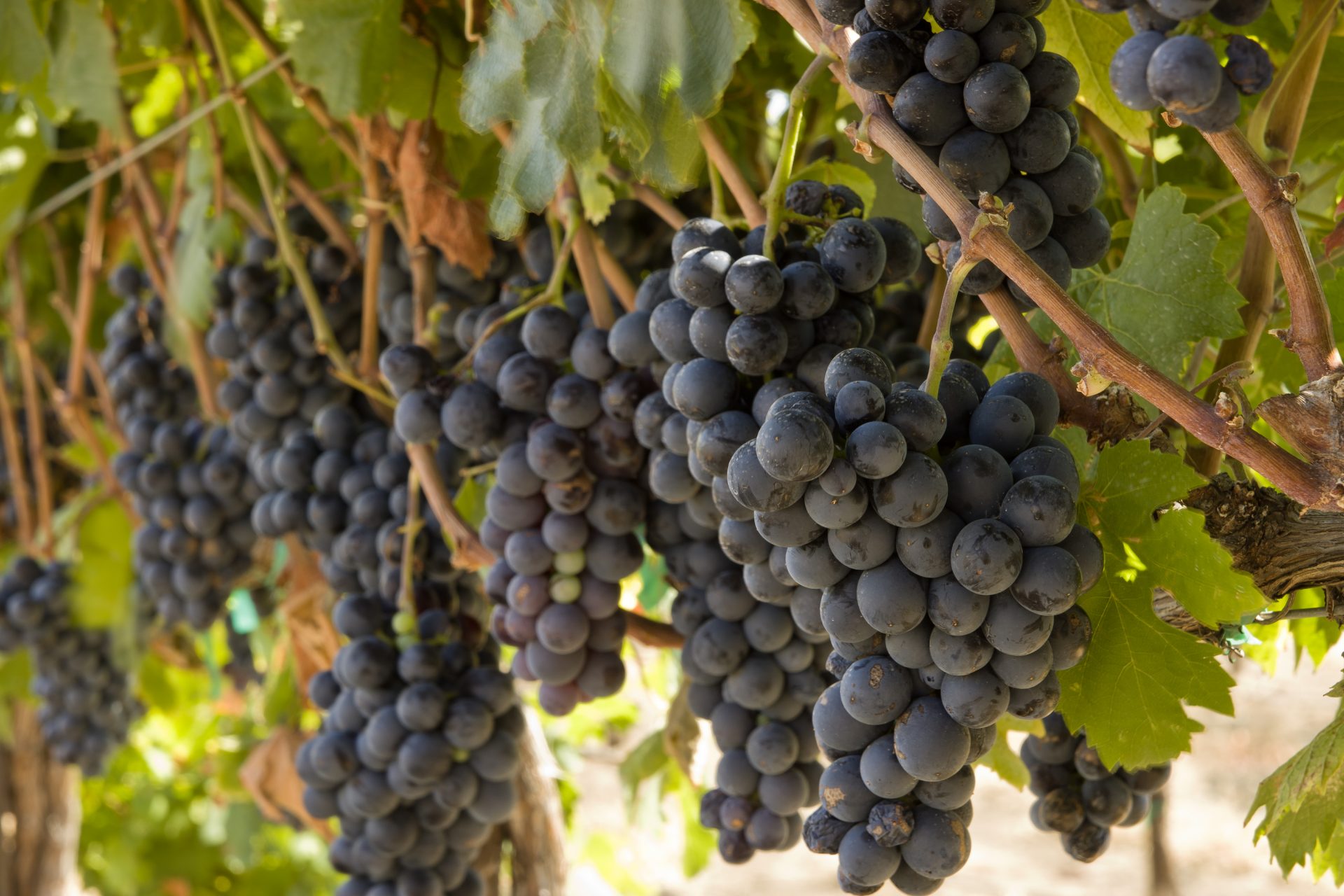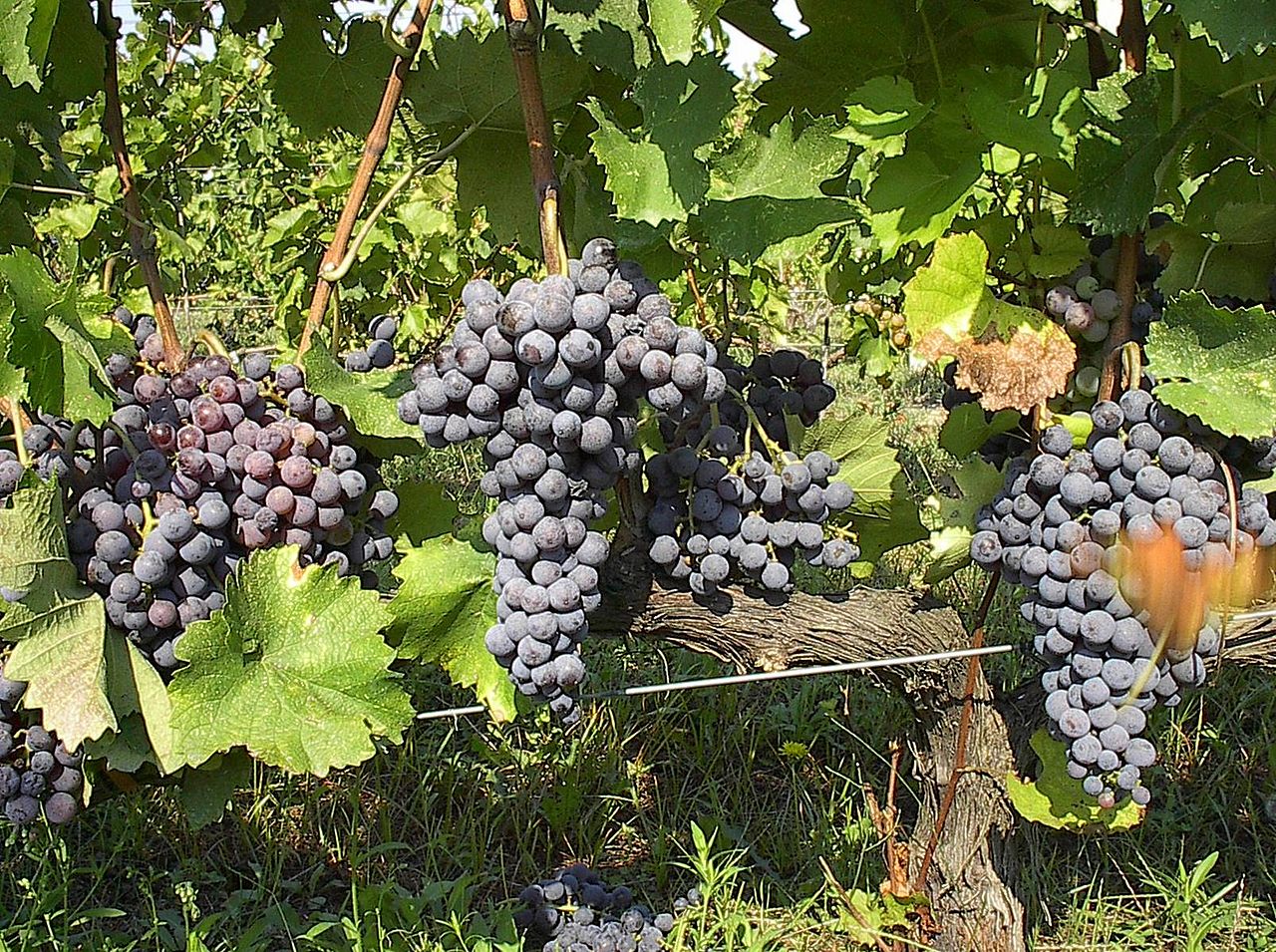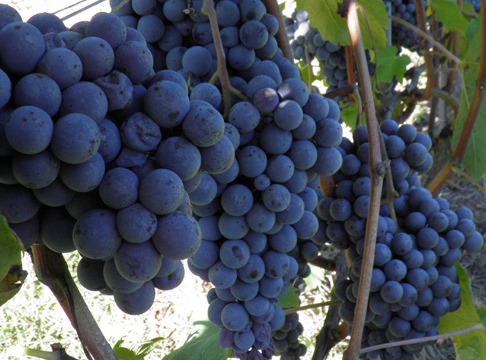The Marselan grape is named after the French coastal town of Marseillan located between Béziers and Montpellier where Domaine de Vassal‘s phylloxera-free vine museum is located.
The varietal is a particular cross of Cabernet Sauvignon and Grenache discovered by the acclaimed French ampelographer Paul Truel in 1961 whilst he was looking to find a new varietal that would provide both large berries and superior quality fruit compared to that age’s grapes du jour.
The research’s aim was to find a grape that could wean the franc-hungry growers of the ever-so-fertile-and-warm Languedoc away from their addiction to many of the high-yielding, low-quality grapes that were all the rage at the time. The French government also had a vested interest in this particular line of research as they were paying vast subsidies to these Languedoc growers for these oceans of substandard table wine for which there was little or no market.
Due to Marselan’s inherent propensity to develop quite small berries it was not considered a suitable candidate for this purpose and so further research was put on hold until the mid 1980’s when the world began looking at Marselan once again. With its natural resistance to many a vineyard-troubling disease and its habit of turning out consistently high quality fruit, this ugly duckling slowly became the secret darling of many a Vigneron.
Today most plantings are found in the Languedoc and the southern Rhône Valley, with scattered plantings in Gascony (where I tasted it as a rosé), Catalonia, and the North Coast of California. Of special interest to me were the plantings of Marselan in China, where, along with the regal Cabernet Sauvignon and Merlot, it is planted as part of the Sino-French Demonstration vineyard, a French/Chinese project developed to provoke interest in French varietals in China through demonstrations of French viticulture and vinification. Speaking of China, it is also worth noting that Marselan has been planted by that lesser known Bordeaux estate of Château Lafite Rothschild at their Penglai, Shandong vineyard.
Marselan tends to produce wines that are quite dark in colour and with a vibrant red fruit character that is in many ways reminiscent of some of the better quality Grenache bottlings. On the palate there is finesse and poise, most probably coming from its Cabernet parentage, as well as wonderfully supple but chewy tannins that speak to the wine’s likelihood of being quite ageworthy.
I’m certainly looking forward to tasting a few more wines produced from this varietal in the near future… keep your eyes peeled for me.
 Edinburgh-born/Toronto-based Sommelier, consultant, writer, judge, and educator Jamie Drummond is the Director of Programs/Editor of Good Food Revolution… And if you can track down any Marselan he’d love to try some!
Edinburgh-born/Toronto-based Sommelier, consultant, writer, judge, and educator Jamie Drummond is the Director of Programs/Editor of Good Food Revolution… And if you can track down any Marselan he’d love to try some!

